Reimagining Venice: Giacomo Brunelli's Unique Photographic Approach
Welcome to this edition of [book spotlight]. Today, we uncover the layers of 'Venice,' by Giacomo Brunelli. We'd love to read your comments below about these insights and ideas behind the artist's work.
Venice, with its winding canals, ancient architecture, and timeless allure, has long fascinated artists and photographers the world over. Yet, renowned international photographer, Giacomo Brunelli, born in Perugia, Italy in 1977, managed to add his own unique touch to the abundant imagery of this ancient city. Brunelli's vision of Venice skillfully marries traditional frames with unconventional perspectives, producing a gripping recollection of his journey through the city. In this exclusive interview, he shares insights about his concept, working process, and the experimental techniques that shaped his latest self-published book, "Venice".
"Venice", the latest work by acclaimed Italian photographer Giacomo Brunelli, is an intriguing visual exploration of enchanting streets and timeless architecture of this iconic city. Venturing far beyond the cliché, Brunelli uses shadow and silhouette to create compelling narratives that beckon us into the city's quiet corners and overlooked spaces. He transforms Venice from a tourist's paradise into a city of mystery, and the hidden veins of Venice's heart are subtly revealed under his noirish lens.
The photographs in "Venice" represent Brunelli’s distinctive reimagination of the city, reflected in a palette that is not typical of the city's most reproduced perspectives. Using light, reflections, and a purposeful focus on the city’s architectural drama, he distills the spirit of Venice into a series of images that are both relatable and strangely unfamiliar. Life is captured in still motion as Brunelli brings Venetian canals, backstreets, and squares into focus through a dance of carefully composed shots. The book offers a remarkable and fresh perspective on one of the world's most-visited cities, and his unique approach to street photography presents a Venice that is atmospheric, intimate, and tantalisingly elusive.
Conceptual Foundation: What initially drew you to Venice as a subject for your photography, given its extensive documentation by artists and photographers over the years?
I have always been fascinated by Venice since I first went there with my family at the age of 10 and the city had a profound effect on me as a child. Its canals, its gondolas, the noise. I went back there with my camera aged 25 and I took some pictures that are part of my first book, "The Animals" (Dewi Lewis Publishing, 2008).
Creative Process in Venice: Can you describe how you approached capturing Venice in a way that diverges from the traditional imagery associated with the city?
What were your key considerations when framing your shots? One of the most amazing thing of Venice is its architecture, from Byzantine to Palladian, all in one place. When I frame I always pay attention to the background as it "forges" the framing and the final picture.
Noir Aesthetic: Your work has been described as neo-noir. How do you incorporate this style into your photography, especially when shooting a city as luminous and historical as Venice?
For "Venice" I had in mind a different approach, playing more with light and reflection, I wanted to experiment more, to be challenged by the beauty of the place, its uniqueness, its eccentric everyday life.
Choice of Medium: You’ve mentioned a devotion to 35mm film for your projects. How does this choice of medium enhance the narrative or aesthetic of your work, particularly in the context of Venice?
Absolutely, I have been using 35mm cameras since the beginning and being a darkroom printer as well, I want to keep this way of working for as long as I can. I think analog photography reflects my personality in a way, you are sort of forced to slow down and "accept" whatever happens as you never know what you are going to get in terms of results: cameras get broken, films ruined and to get to the final film is a long process.
Challenges and Surprises: Throughout your numerous trips to Venice, especially under the constraints of the Covid-19 pandemic, what were some of the most significant challenges you faced? Were there any unexpected moments that reshaped your project?
Travelling during Covid-19 hasn't been easy at all. I did my first trip in January and February 2020 and came back to London in mid February with a very high fever..Covid was just spreading so I think I have been one of the first in the Uk to get it!
Experimental Techniques: You aimed for more experimental shots in your final trip to Venice. Could you elaborate on these experimental techniques and how they contributed to the final selection of images for your book?
As I said above, with "Venice" I wanted to depart if you want from my "Eternal London" way of working i.e. following and shooting people from behind and be less focused on the things I knew best in terms of framing an image if it makes sense. From a technical point of view, I decided to take with me a back-up camera with a fixed viewfinder rather than the removable one I had been using, just to mentally and physically "construct" my images in a different way. Being forced to look through the camera at eye-level instead of the usual waist-level I had been doing for my "Eternal London" project, it gave me fresh ideas on approaching people and different situations.
Self-Publishing Experience: What motivated you to self-publish the book of your Venetian images, and how has this process influenced your relationship with your work?
After having published books with different publishers, I felt the need of creating a book all by myself, from the design to the choice of materials (paper, cover, type of printing etc.). Being a darkroom printer myself, I have always been fascinated by the process so whenever I had to print one of books, I would follow my publishers around the world to print my books. I find the whole process highly interesting, especially to better understand how it all works. I have to thank all of them for the expertise they shared through the years.
Future Projects: Having captured London, New York, and Venice, are there any other cities on your radar for future projects? How do you anticipate your approach might evolve in capturing these new environments?
I would love to photograph India, Japan and South America in the next 5/10 years with the same equipment: my old cameras and the 50mm.
To discover more about this intriguing body of work and how you can acquire your own copy, you can find and purchase the book here.
More photography books?
We'd love to read your comments below, sharing your thoughts and insights on the artist's work. Looking forward to welcoming you back for our next [book spotlight]. See you then!
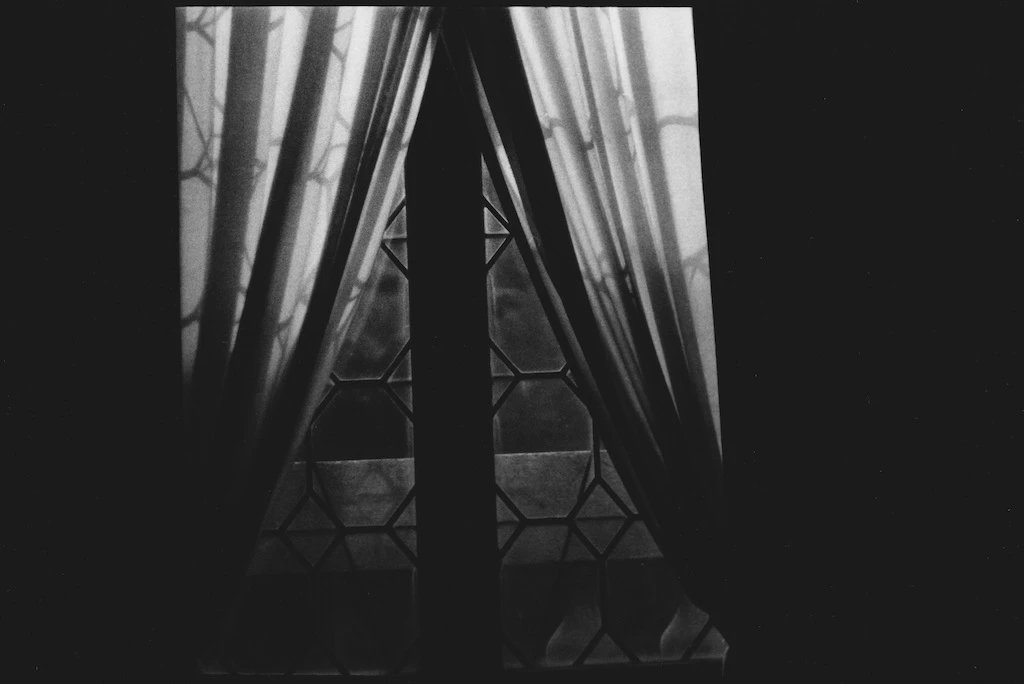
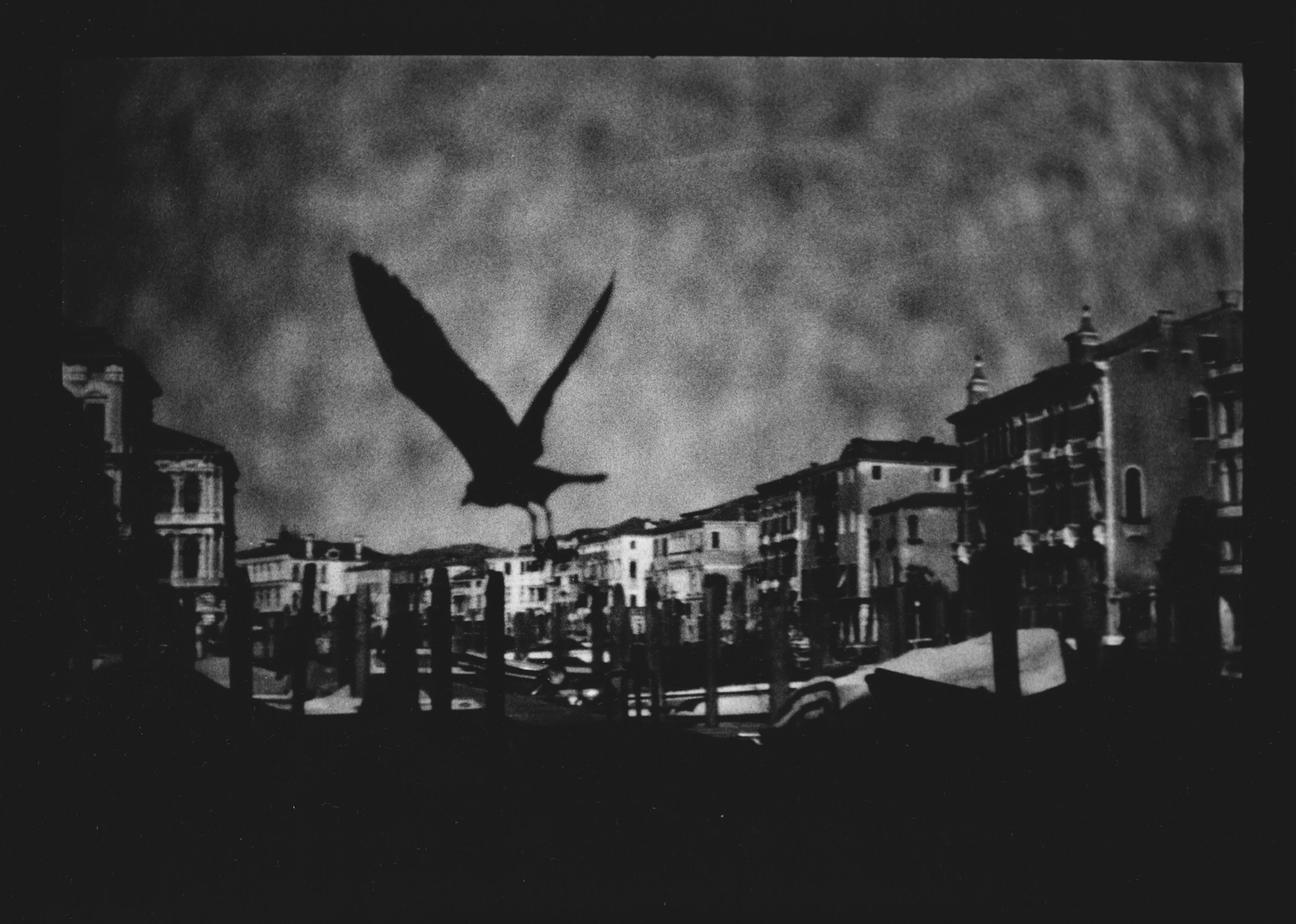

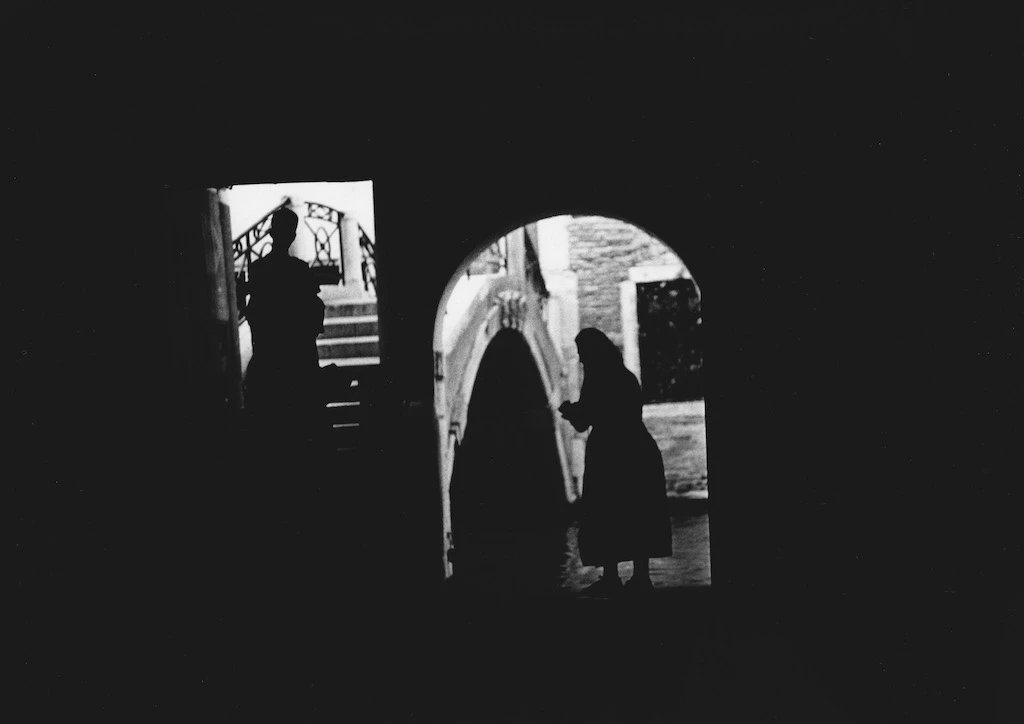

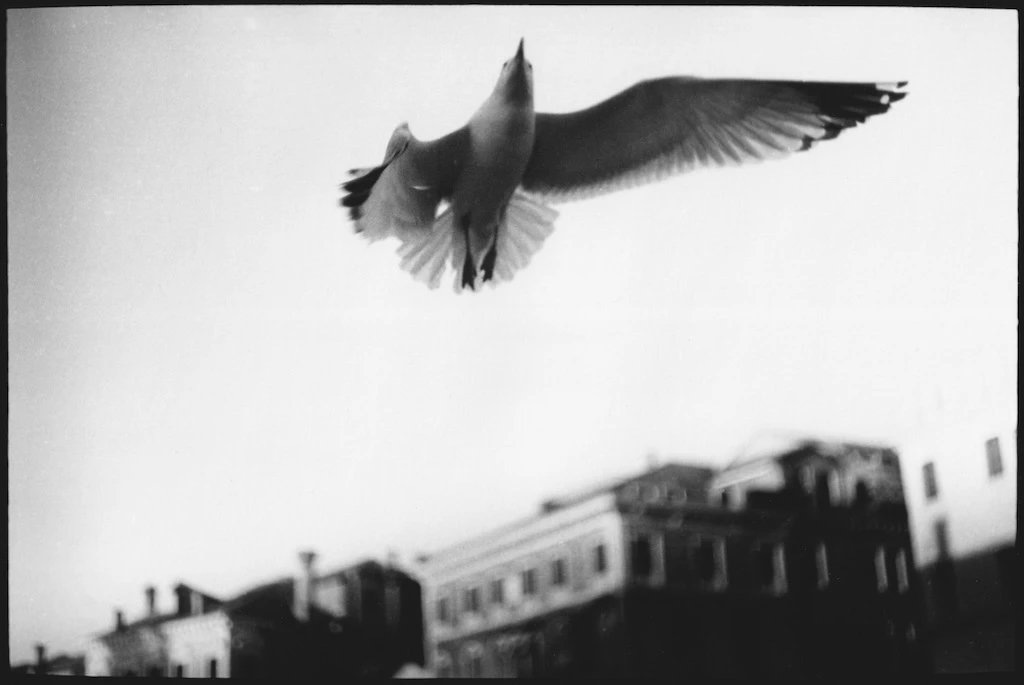


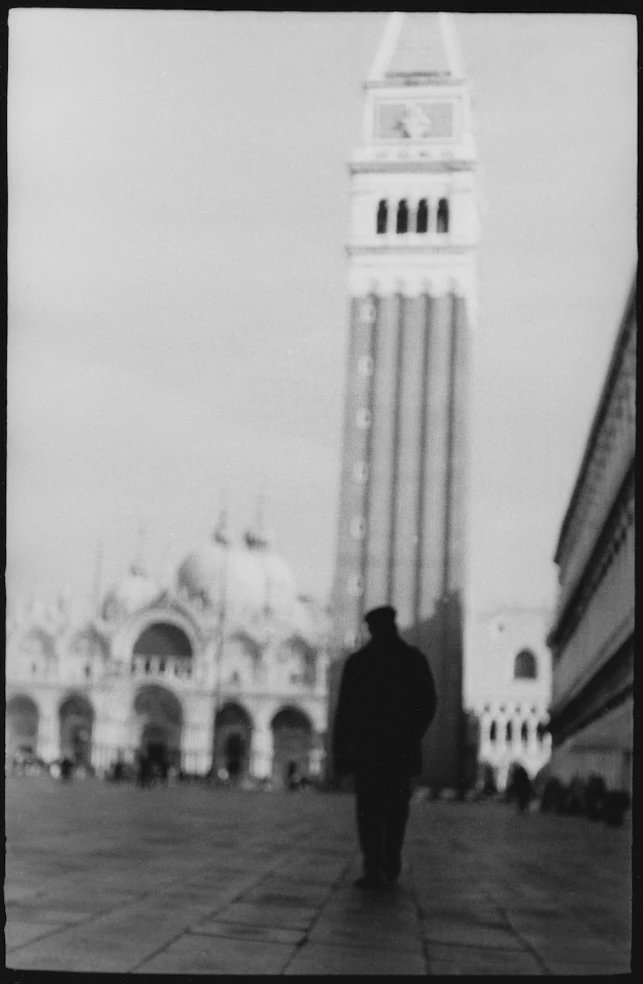
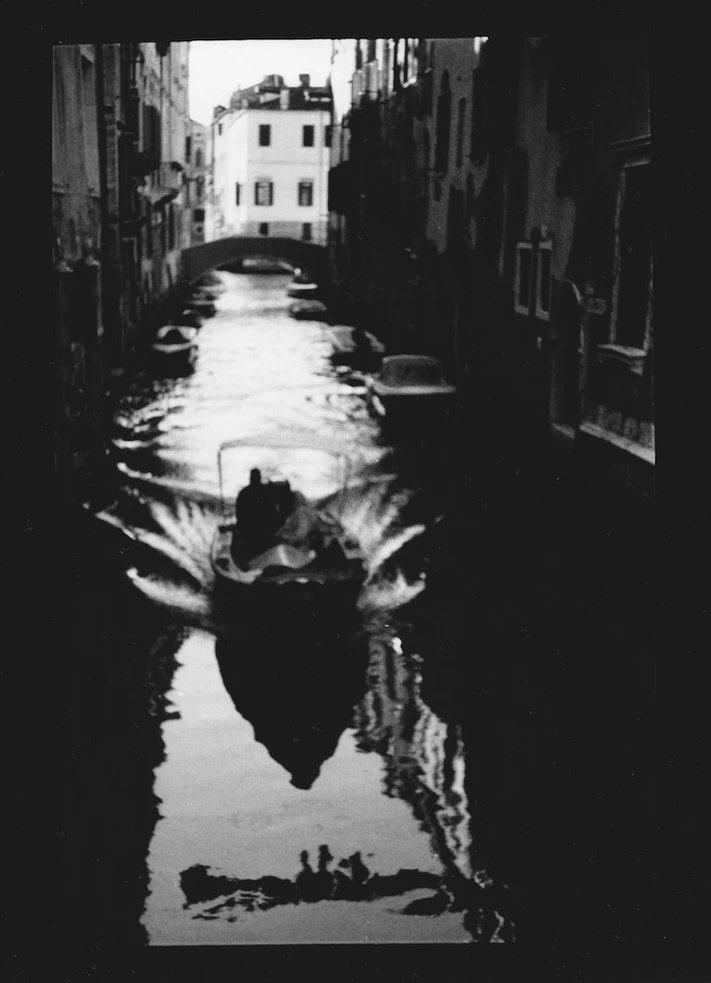
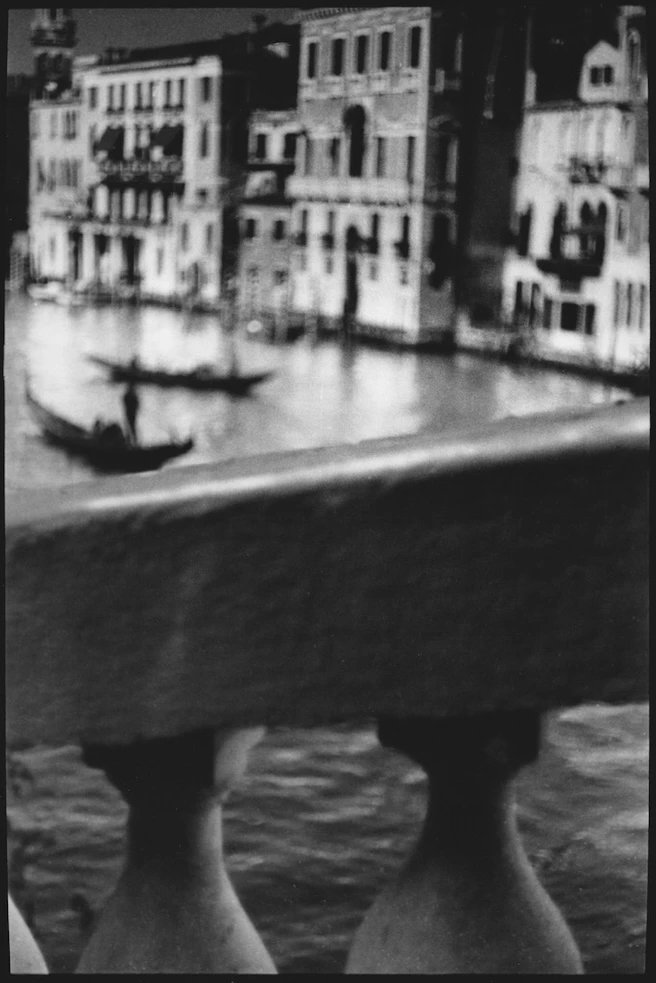


Every night, Sakaguchi Tomoyuki waited at empty intersections. He stood there with a tripod, often for hours, in the quiet streets of Tama New Town. Photography Book Spotlight